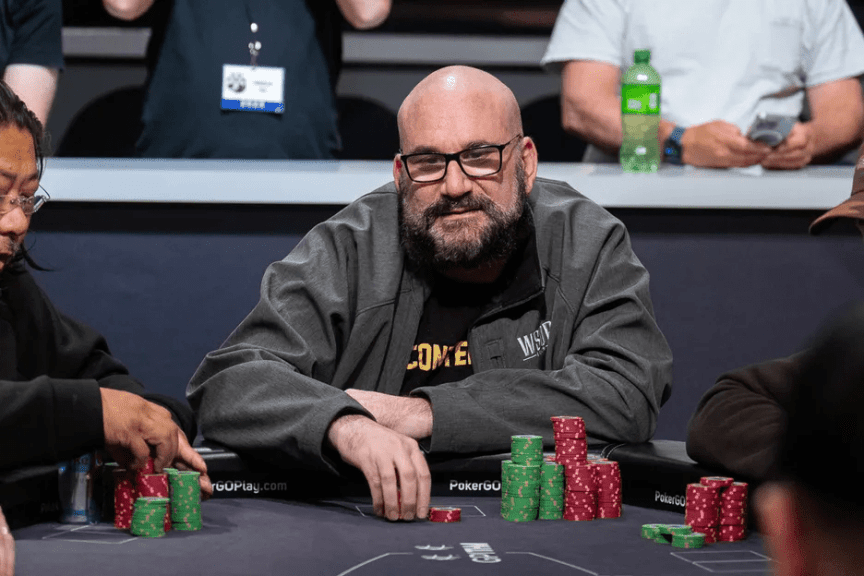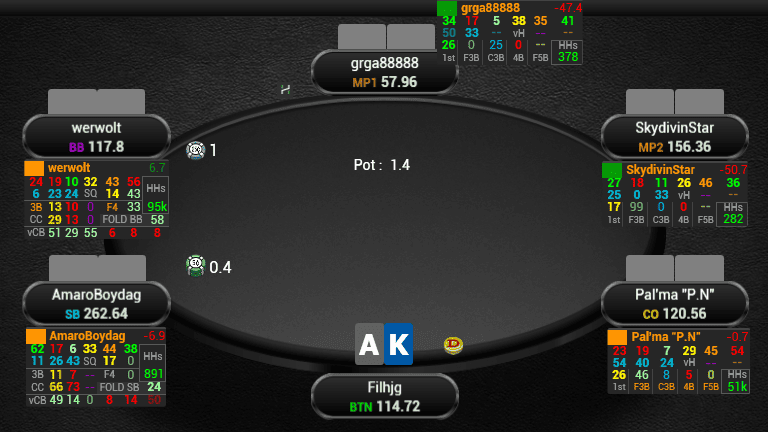Four-time WSOP bracelet winner Mike Matusow has sparked a professional debate around the financial realities of high stakes tournament poker, questioning whether headline results accurately reflect player profitability. As reported by PokerNews, Matusow conducted a poll on X (formerly Twitter) asking how many high roller poker players genuinely possess financial stability.
Of nearly 10,000 respondents, approximately 30% believed that 80% of high stakes professionals are either broke or significantly in makeup to backers.
Matusow, a long-time figure in televised cash games and a recurring Poker Hall of Fame nominee, argues that much of the modern high roller poker economy is sustained through external backing, action selling, and inflated earnings figures. According to him, widely-referenced databases such as The Hendon Mob offer a distorted picture, as they do not account for losses, staking agreements, travel expenses, or markup-based investment structures.
In response to commentary from Shaun Deeb—who implied Matusow’s concerns are generational—Matusow emphasized that he was challenging a systemic issue. He openly disclosed that he has sold 50% of his action in every tournament with a buy-in of $10,000 or higher, a practice that is commonplace in professional poker for managing variance and reducing personal financial exposure.
The debate highlights a persistent misunderstanding within both the public and parts of the poker community: gross tournament winnings are not synonymous with net profitability. In typical staking arrangements, players receive buy-ins from investors in exchange for a share of winnings. However, cumulative losses create makeup, a financial obligation that must be cleared before players receive future earnings—meaning that even players with multimillion-dollar live cashes may remain in deficit.
WSOP bracelet winner and online high-stakes regular Patrick Leonard challenged Matusow’s assertion, calling it misleading and unsupported by reliable data. Leonard maintains that while staking in high stakes tournaments is widespread, many participants remain independently funded or maintain positive financial positions through disciplined bankroll management and selective markup strategies.
Interestingly, Daniel Negreanu addressed the same issue earlier this year, offering a more nuanced critique. He noted that while pros might post significant tournament results—such as $7 million in annual cashes—they may simultaneously lose $3–5 million in entries. However, through selling action at positive expected value (markup), these players may still generate personal profits, even when overall results are negative.
Key Considerations on High Roller Poker Earnings:
- Publicly reported cashes do not reflect actual financial outcomes for players.
- The majority of high roller tournament pros use some combination of staking, action selling, or swap arrangements to manage risk.
- The gap between reported tournament earnings and net profitability continues to raise concerns about financial transparency in poker.
- The discussion initiated by Matusow contributes to a broader evaluation of how success is measured and perceived in professional poker.
This debate underscores the importance of understanding the financial mechanics of high stakes poker beyond surface-level results. As the industry becomes more accessible and data-driven, nuanced conversations about staking practices, markup economics, and profit reporting are vital for both transparency and sustainability within the game.

















0 comments